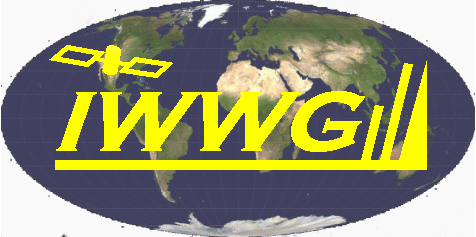Two Stage Artificial Intelligence Algorithm for Calculating Atmospheric Motion Vectors
The large errors (e.g ~ 7 m/s) of Atmospheric Motion Vectors (AMV) may be a consequence of moisturetracking
algorithms not incorporating state variable or physical information (e.g. moisture).
We developed a physics-informed, artificial intelligence algorithm that corrects AMV errors using
Numerical Weather Prediction (NWP) fields, called the University of Arizona (UA) Algorithm. UA uses
a variational method as a first step, the second step then filters the noise of first stage AMVs using a
Random Forest (RF) model that learns the physics informed, error correction from NWP fields. We
compare UA’s performance with a traditional algorithm from Jet Propulsion Laboratory (JPL) by using
model output (GEOS-5 nature run). We run our experiments globally for pressure heights of 500 hPa and
850 hPa, and for January 1-3, 2006, and July 1-3, 2006.
UA outputs AMVs with low Root Mean Square Vector Differences (RMSVDs) of ~ 2 m/s for the tropics
and ~ 2 – 3 m/s for mid-latitudes and the poles, whereas JPL outputs much higher RMSVDs of ~ 3 m/s for
the tropics and ~ 3 – 9 m/s for the mid-latitudes and poles. Furthermore, UA’s RMSVDs are lower than
the intrinsic error (calculated from reanalysis data) of NWP fields. Even for the most error-prone regions,
such as in regions of low moisture gradients and where winds are along moisture isolines, UA’s absolute
speed difference with “truth” stays within ~ 3 m/s, in contrast to much higher values for JPL.






